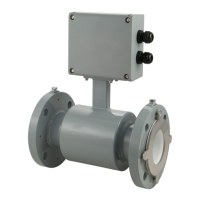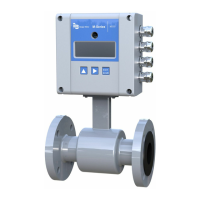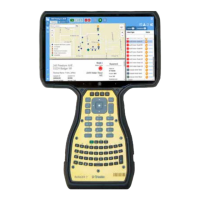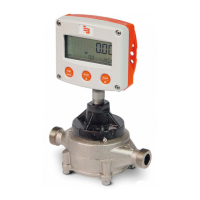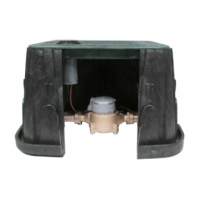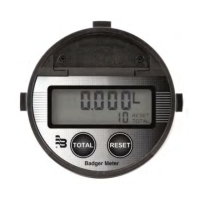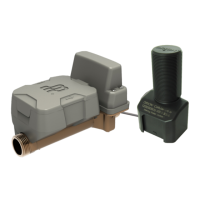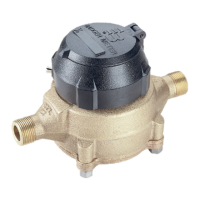Protection Class
The device has protection class IP 67, optional IP 68. In order to fulfill requirements in respect of the protection class, follow
these guidelines:
• Body seals must be undamaged and in proper condition.
• All of the body screws must be firmly screwed.
• Outer diameters of the used wiring cables must correspond to cable inlets (for M20 Ø 7…12 mm). In cases where cable
inlet is not used, put on a dummy plug.
• Tighten cable inlets.
• If possible, lead the cable downwards to avoid humidity going into cable inlet.
• We normally deliver the meter in accordance with protection class IP 67. If you require a higher protection class, use the
remote version. If requested, we can also deliver the detector in IP 68.
Pipelines and Fluid Flow
Take the following precautions during installation:
• Do not install the meter on pipes with extreme pipe vibrations. If pipes are vibrating, secure the piping with
appropriate pipe supports in front of and behind the meter. If vibrations cannot be restrained, mount the amplifier in a
remotelocation.
• Do not install the detector close to pipeline valves, fittings or impediments that can cause flow disturbances.
• For detectors with PTFE liners, do not install the detector on suction sides of pumps.
• Do not install the detector on outlet sides of piston or diaphragm pumps. Pulsating flow can affect meter performance.
• Avoid installing the detector near equipment that produces electrical interference such as electric motors, transformers,
variable frequency and power cables.
• Verify that both ends of the signal cables are securely fastened.
• Place power cables and signal cables in separate conduits. Do not install the signal cable close to other sources of
electricity, such as power cables or electric machines.
• Place the meter where there is enough access for installation and maintenance tasks.
Meter Location, Orientation and Applications
MAG-UM-00219-EN-17Page 10 June 2021

